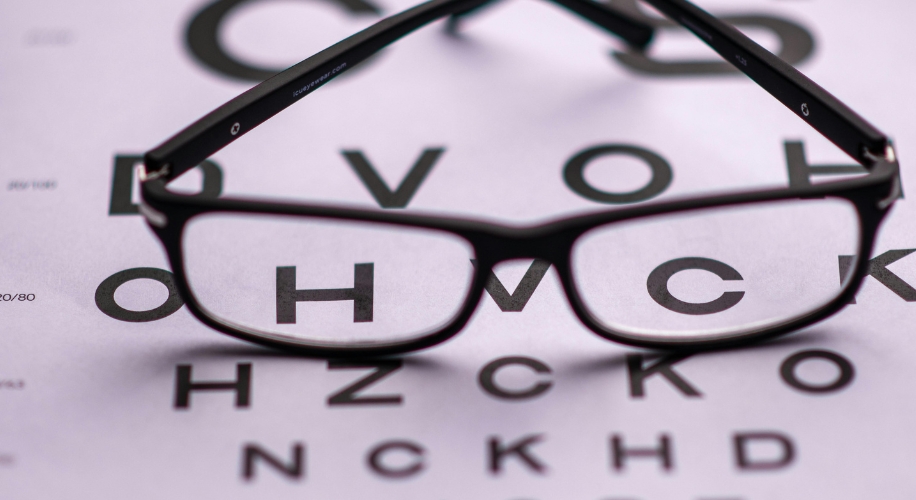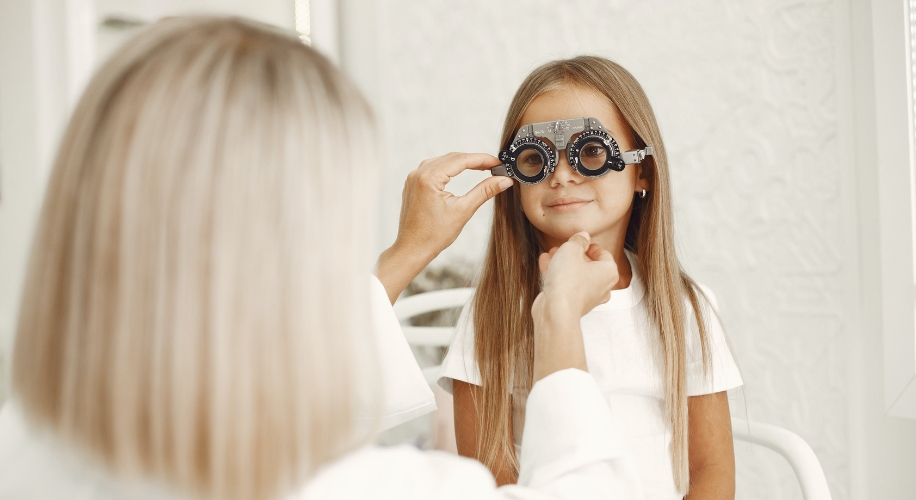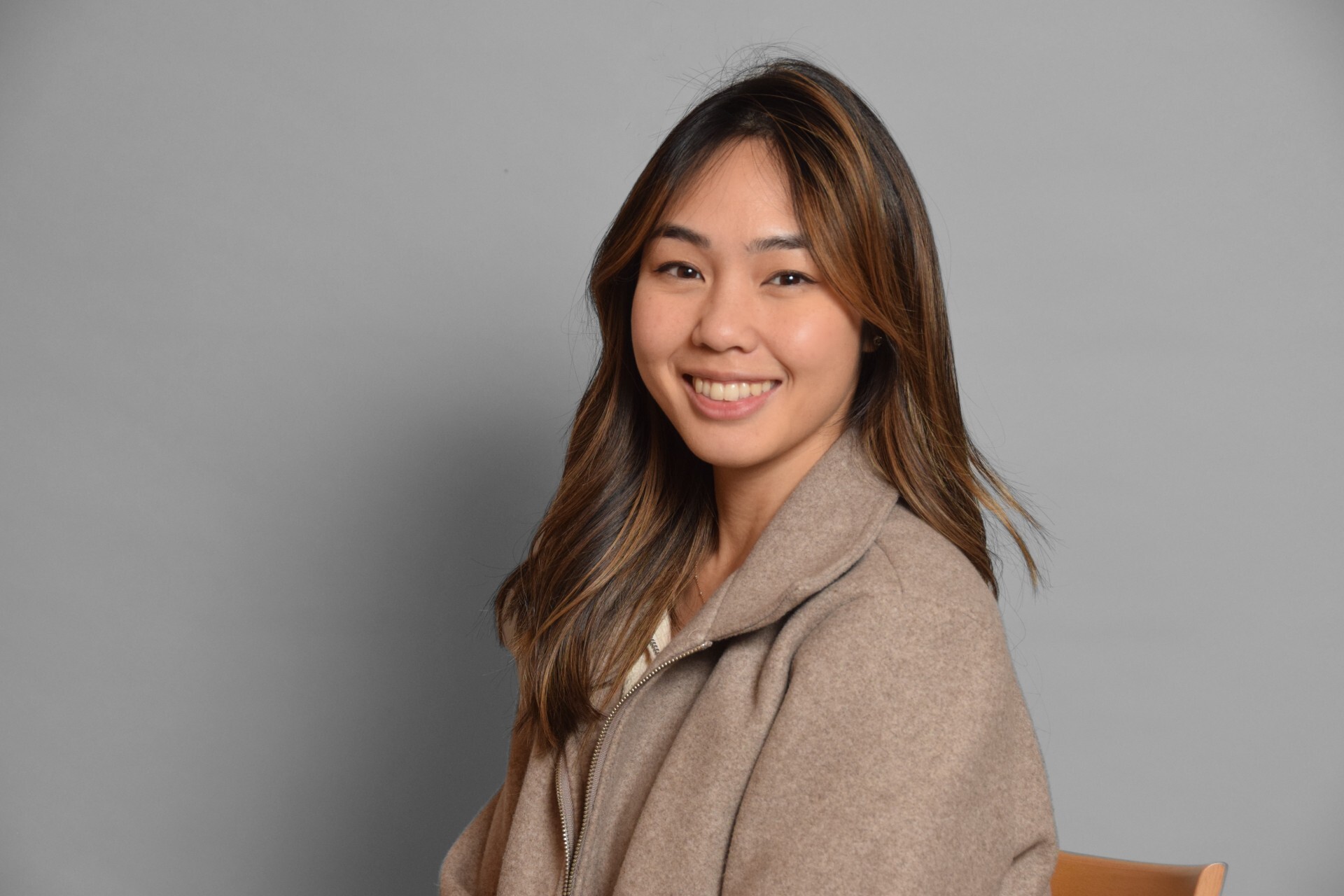What If My Child Can’t Read the Eye Chart? A Guide for Parents
- BY Catherine Ong
- IN Eye Health
As parents, ensuring the well-being of our children includes monitoring their vision health. While the traditional eye chart plays a vital role in assessing visual acuity, what happens if your child can’t read the letters? Don’t worry; there are alternative methods optometrists employ to test a child’s vision comprehensively.

Understanding Vision Challenges in Kids
Children might face difficulty reading the standard eye chart for various reasons. It could be due to age, developmental stage, or a lack of familiarity with letters. Optometrists are well-equipped to adapt and use alternative methods to gauge a child’s vision health effectively.
Numbers
If your child is verbal but does not know all their letters yet, but knows all their numbers, an optometrist will likely have your child read numbers in incrementally smaller sizes, similar to the letter chart.
Figures or Shapes
Instead of relying solely on reading letters or numbers aloud, optometrists often use figures or shapes in vision tests for young children. These can include easily recognizable shapes like circles, houses, or cars. By identifying and matching these visuals, optometrists gain insights into a child’s visual acuity and comprehension.
Matching
Optometrists might employ matching tests such as the HOTV Visual Acuity Test to assess visual acuity. This test narrows down the letter options to only four letters, H, O, T, and V. The optometrist will ask the child to match what they see on the screen to what is on a paper in front of them.
Retinoscopy and Autorefraction
For kids who struggle with verbal communication or reading in general, retinoscopy and autorefraction are non-invasive techniques. Retinoscopy involves shining light into the eyes and observing the reflection, while autorefraction uses a device to measure how light bends through the eye. Both methods provide data without requiring active participation from the child.
What if my child won’t sit still?
Though the most accurate results come from your child sitting generally still, retinoscopy can be adapted to get an estimate of your child’s refractive error in a dynamic environment.

Photo from Pexels by Gustavo Fring
Importance of Early Detection
Identifying vision issues early in a child’s life is crucial for their overall development. Vision problems can impact learning, social interactions, and even coordination. Optometrists use a combination of techniques to ensure a comprehensive understanding of a child’s vision health, adapting their methods based on the child’s age and ability to communicate.
The American Optometric Association recommendations for pediatric eye exams are as follows:
- Infants: comprehensive eye exam between 6-12 months
- Preschoolers: eye exam between 3 to 5 years old
- School-aged children: eye exam prior to entering first grade, then annually thereafter
Whether your child can’t read letters or is simply too young to navigate the traditional eye chart, rest assured that optometrists have a range of tools and techniques to assess their vision accurately. Regular eye check-ups for children are essential, as they can detect and address potential issues before they impact various aspects of a child’s life.
If you have concerns about your child’s vision or if they struggle with the standard eye chart, consult with an optometrist experienced in pediatric vision care. Together, you can ensure your child’s eyes stay clear and healthy.


